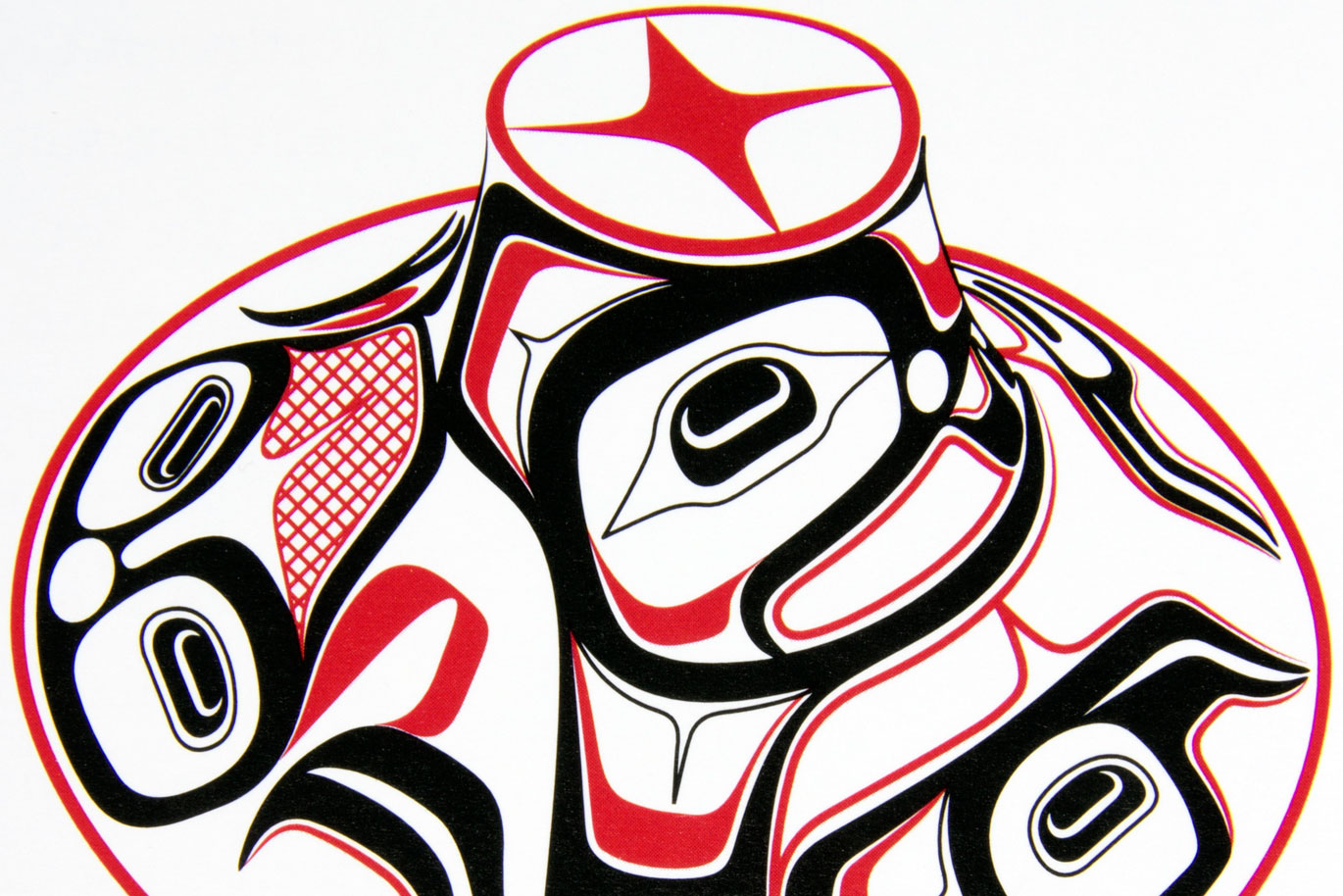Caravaggio: A Closer Look
- Winter 2019
Meeting Time:
MW 11:30am - 1:20pm
Location:
ART 229
SLN:
10503
Instructor:
Catalog Description:
Topics vary.
GE Requirements:
Arts and Humanities (A&H)
Credits:
5.0
Status:
Active
Last updated:
August 2, 2019 - 9:11pm



